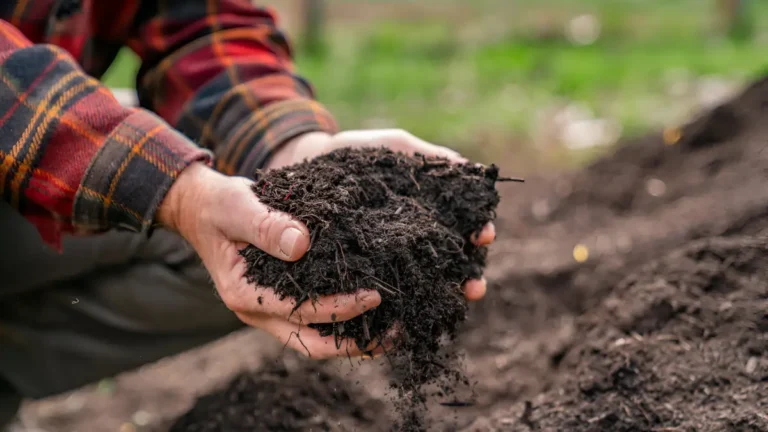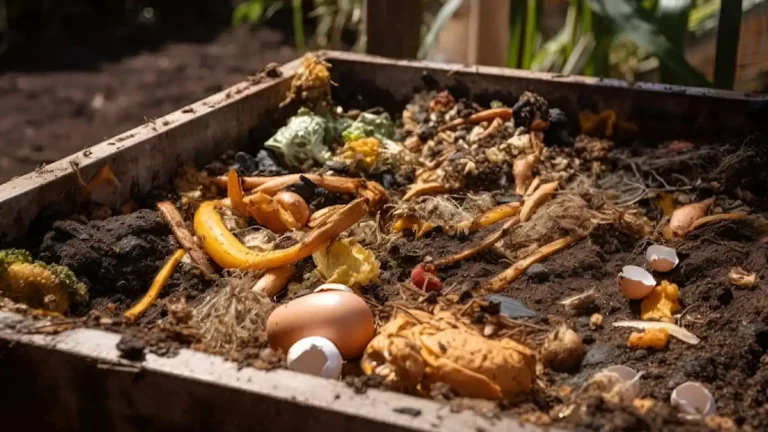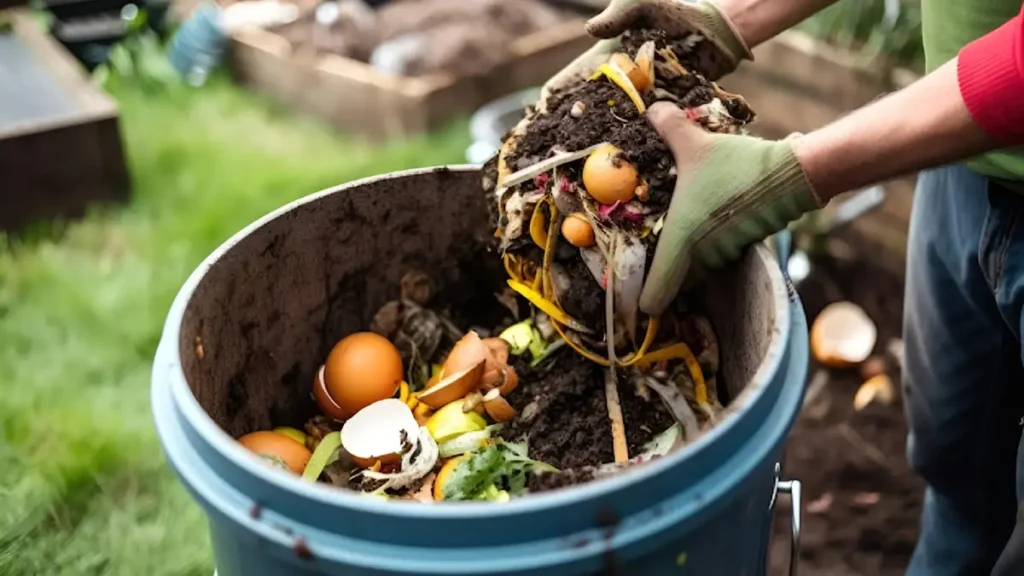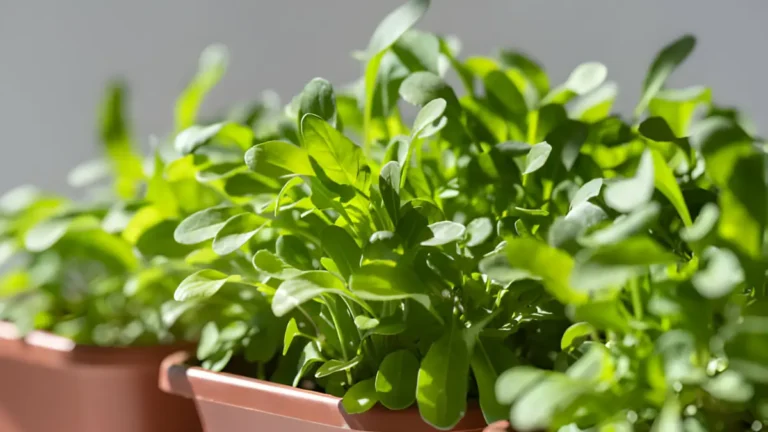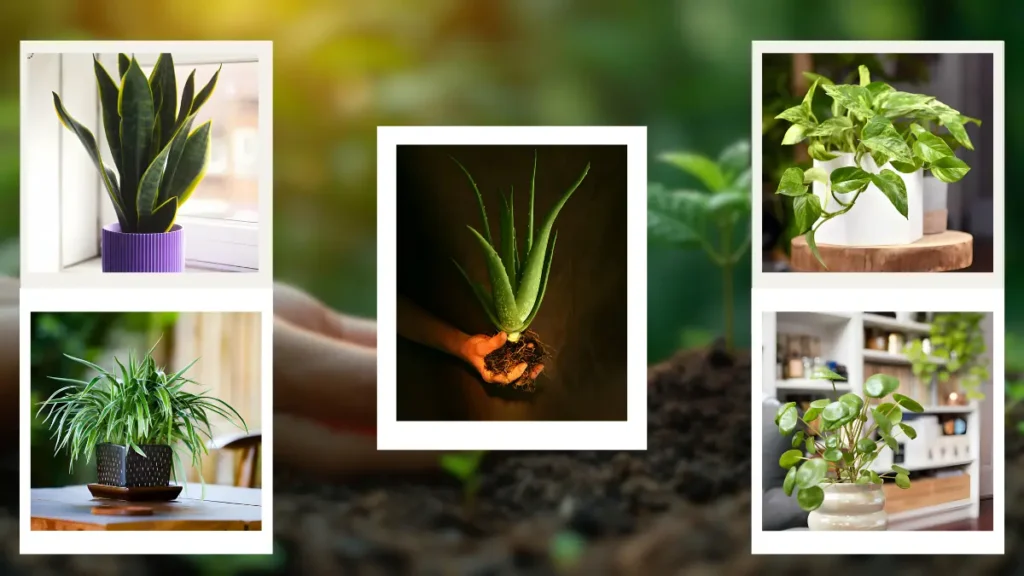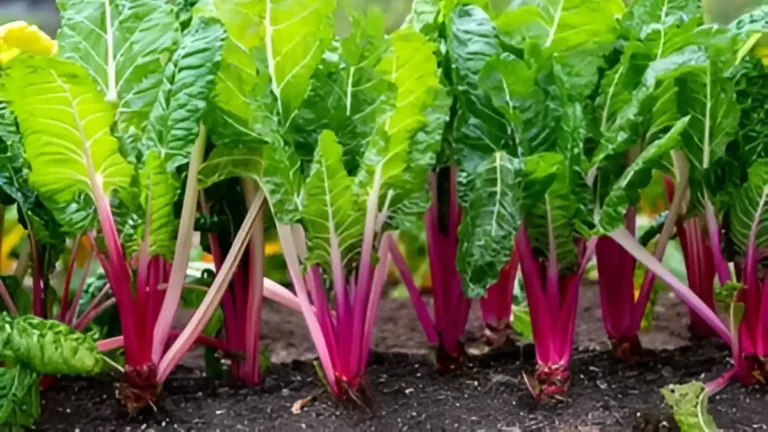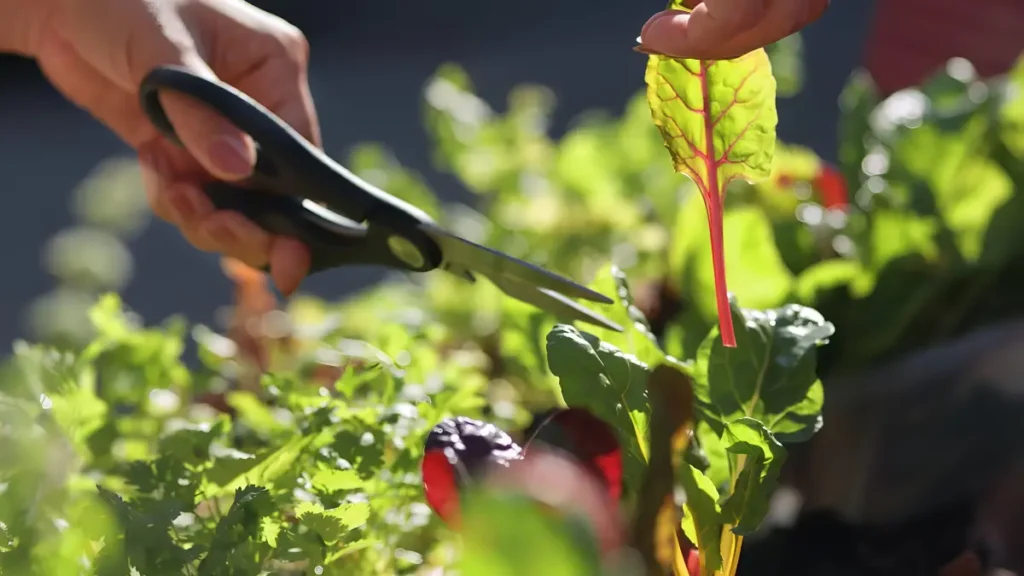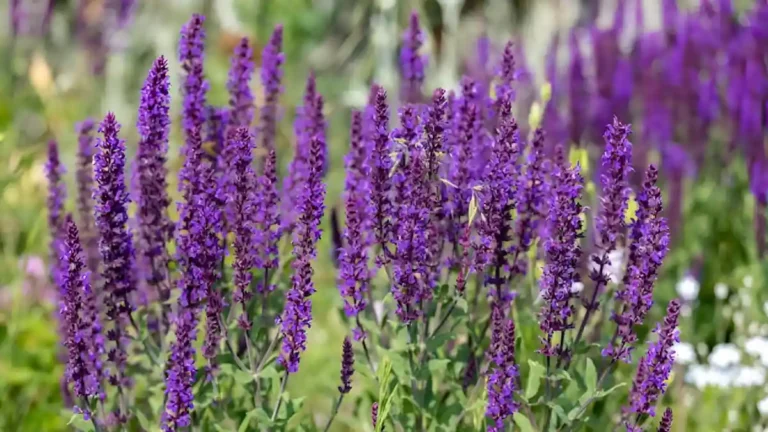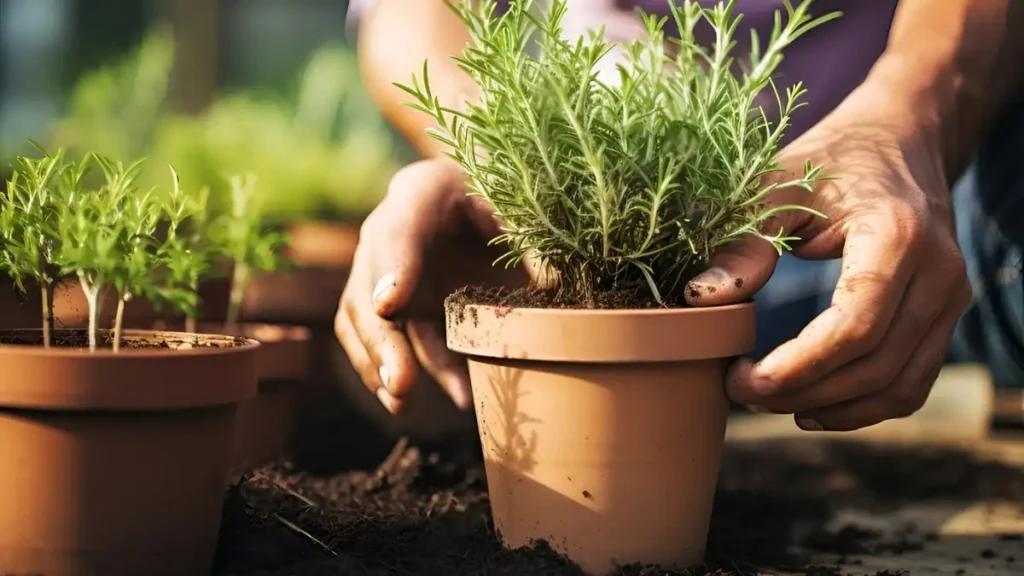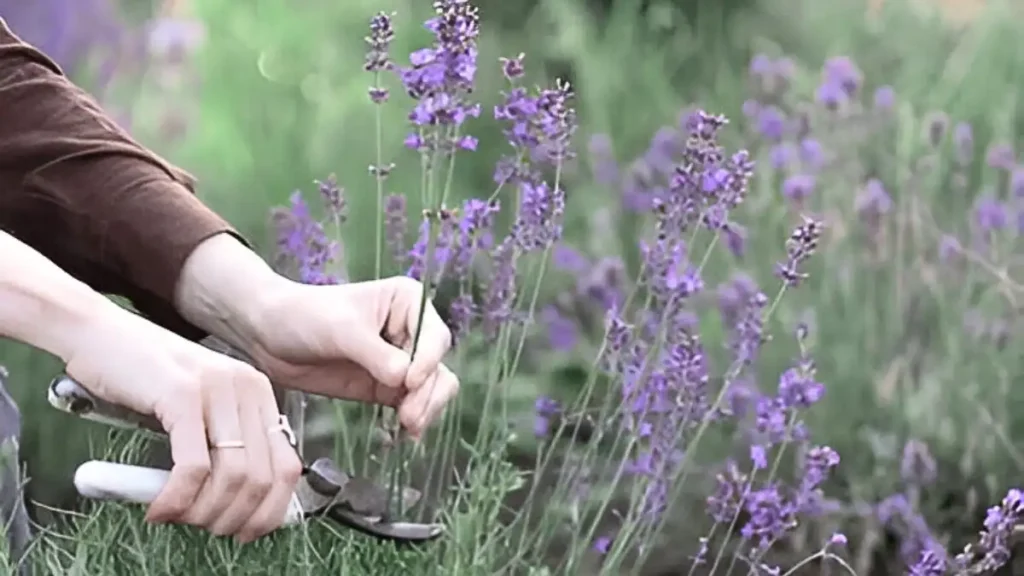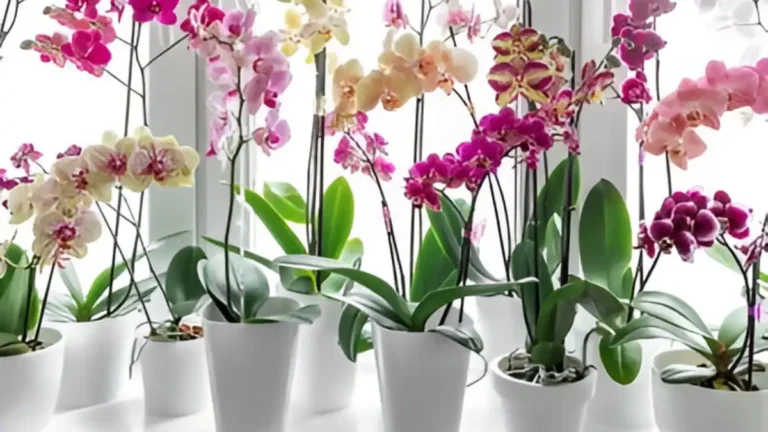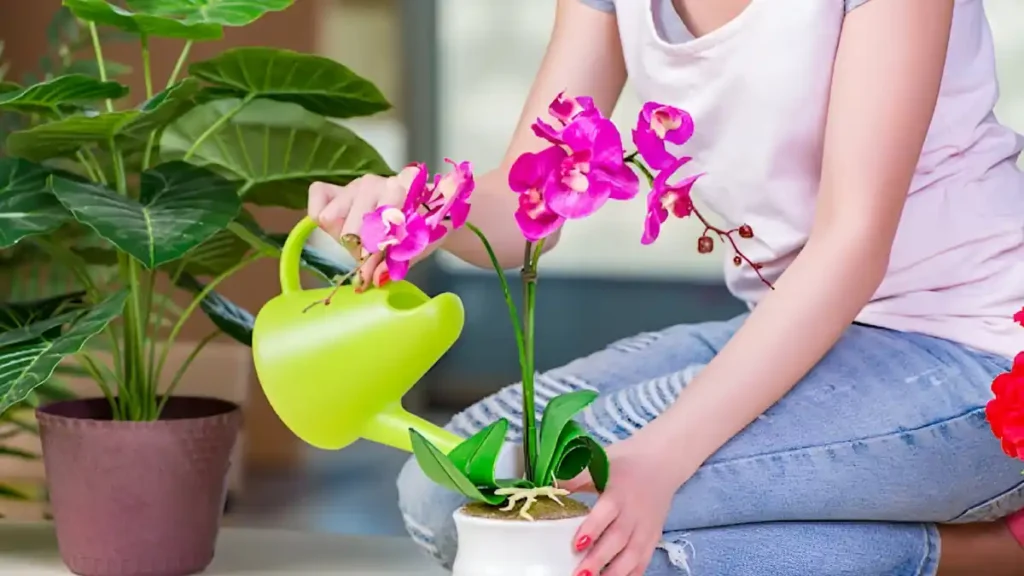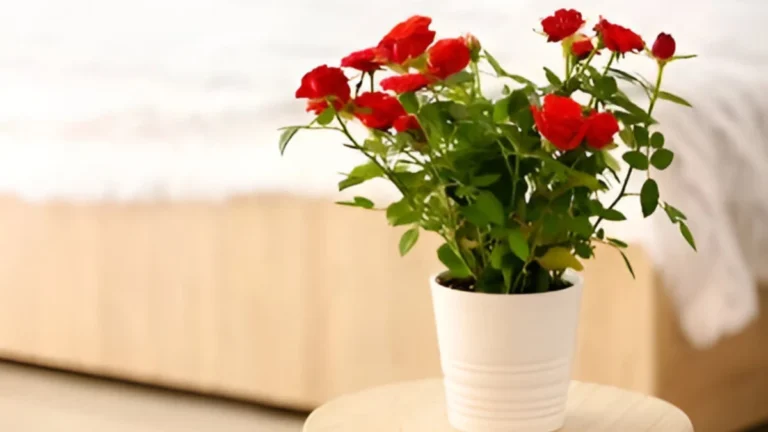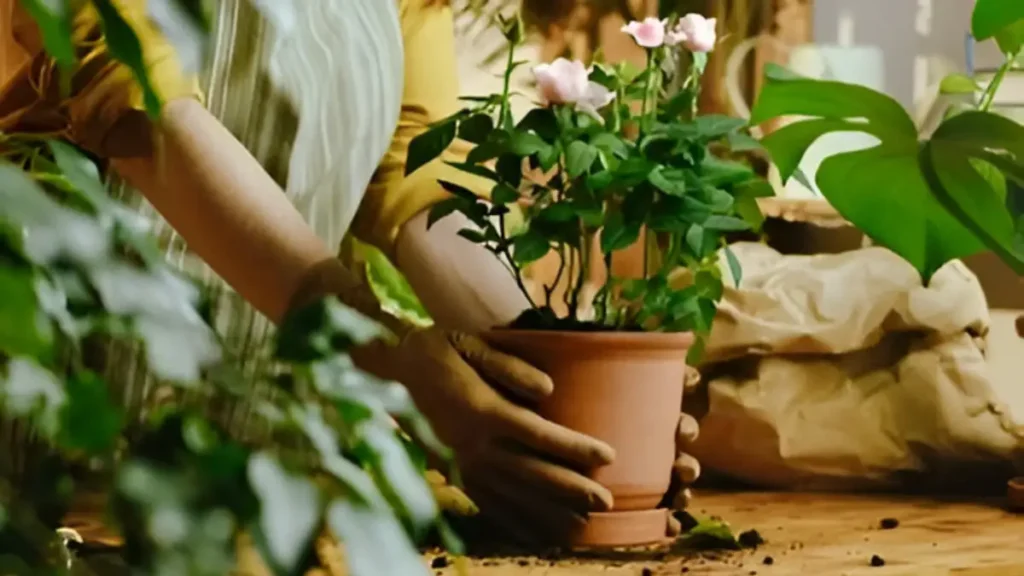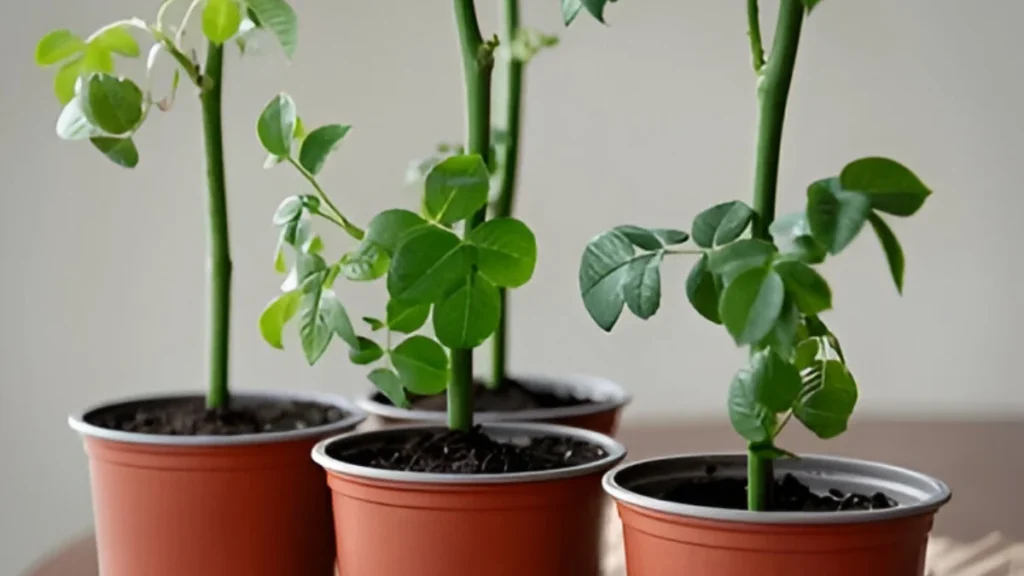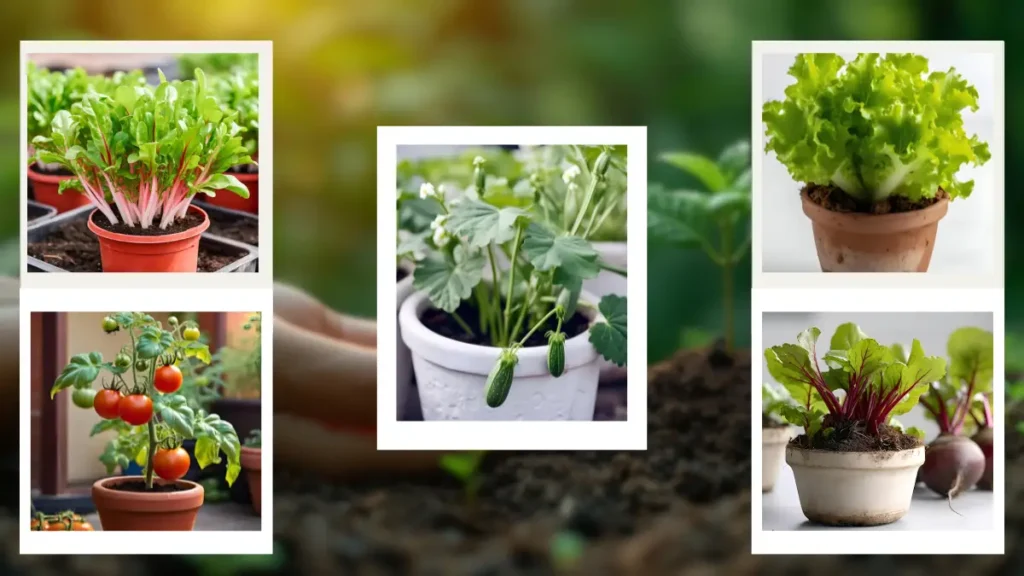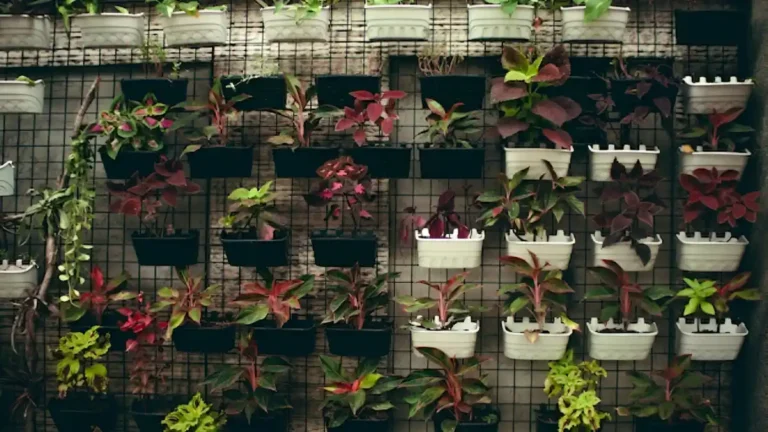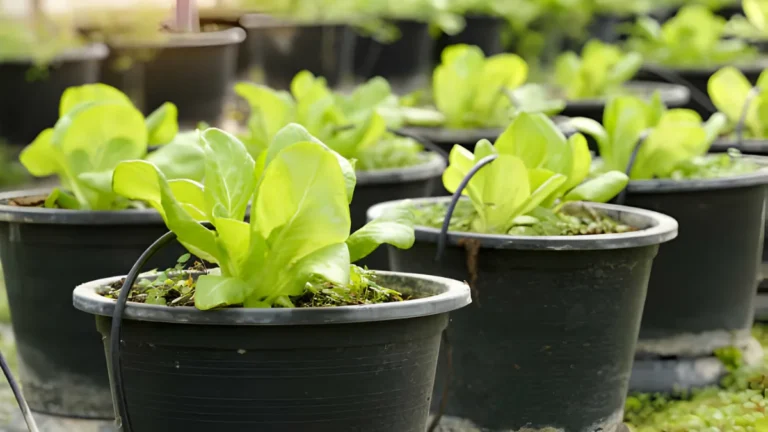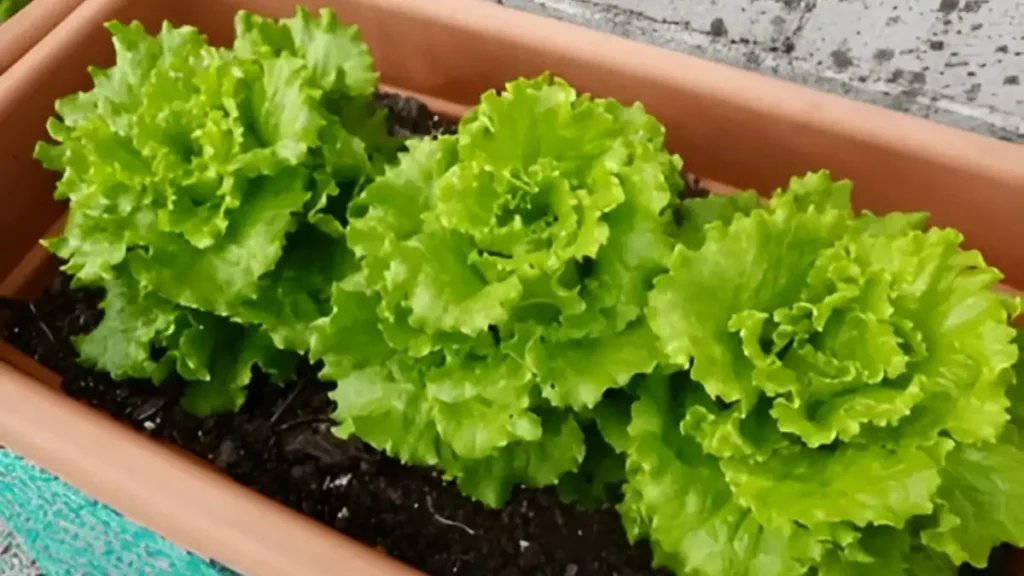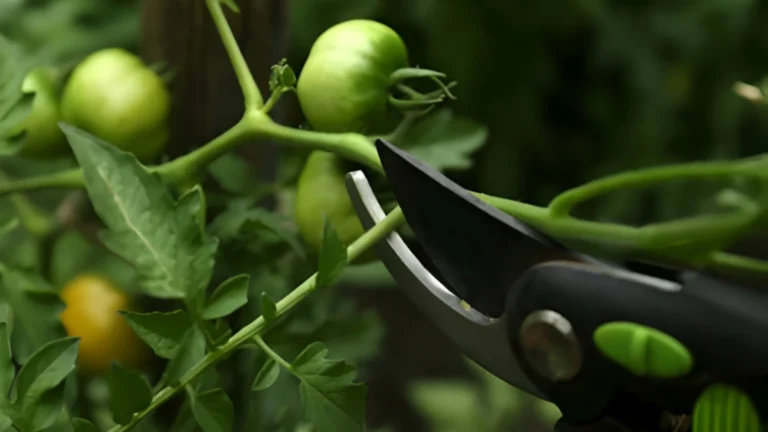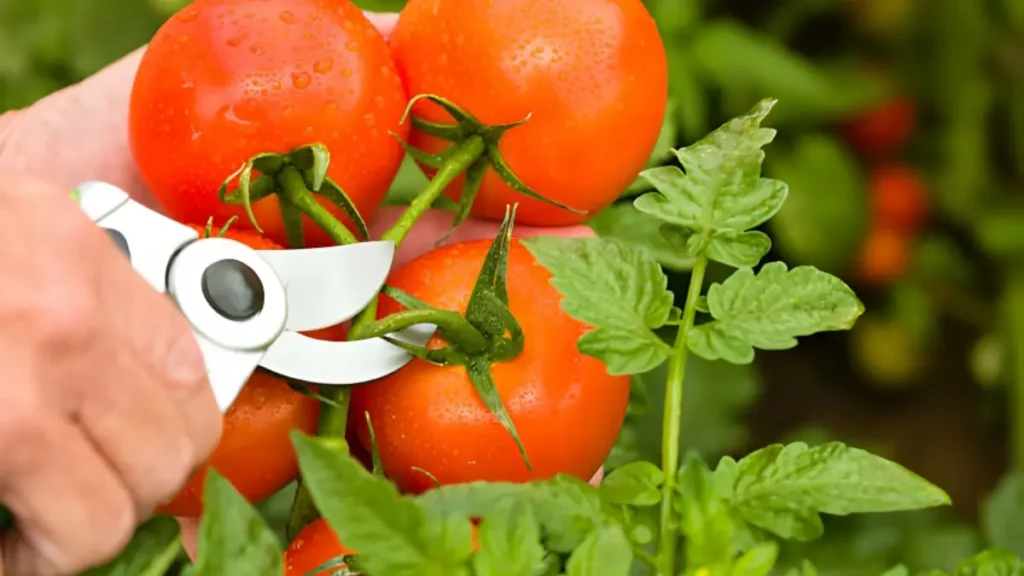In gardening, lovers frequently look into natural and alternative ways to care for their plants to achieve the best possible health and vitality. A tried-and-true, environmentally beneficial method is making your compost tea. However, It is a superfood for plants, full of organic matter, microbes, and vital minerals that support strong, resilient growth.
Here’s a step-by-step guide on how to make compost tea for plants:
Making your compost tea brewer
To begin, what you’ll need is as follows:
- Compost: Make use of well-aged compost that has a blend of brown and green components. This will guarantee a wide variety of microbes and nutrients.
- Water: Make sure it’s chlorine-free. Before using your tap water, let it sit for a full day if it includes chlorine.
- Molasses: Rich in beneficial microbes, can be used without sulfur, as sulfur inhibits microbial activity.
- Aeration Equipment: To guarantee proper aeration, you’ll need an aquarium pump, airstones, or a compost tea maker. So, this encourages the growth of aerobic microorganisms that are useful.
- Strainer or Cloth Bag: To remove bigger particles from this.
Instructions:
- Gather water, molasses, compost, and aeration supplies.
- To maintain a healthy water supply, mix 1 cup of well-aged compost with one or two tablespoons of molasses for every gallon of water.
- The compost can be steeped like a tea bag by placing it in a cloth bag or directly into water, ensuring it is securely tied.
- Mix molasses with water and compost mixture, as molasses serves as a food source for microbes.
- Set the airstones in its mixture and turn on the aquarium pump. If using a compost tea brewer, aerate the tea according to the manufacturer’s directions.
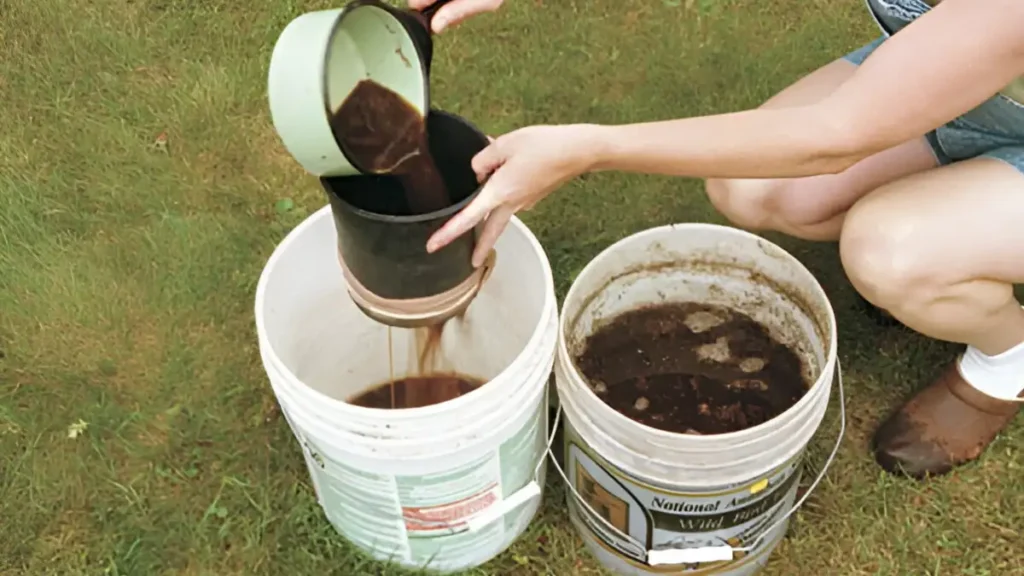
- Give the compost tea a full day or two to brew. To promote microbial development, occasionally stir the liquid.
- So, After fermentation, remove the compost bag and strain it using cheesecloth or a fine mesh sieve to remove any remaining solids.
- To use concentrated compost on plants, dilute it with water using a 1:10 ratio.
- It can be used as a water source for plants, and applied to the soil and leaves using a sprayer or watering can.
- For optimal results, use it immediately and store it in a shaded area for a day or two.
Conclusion:
Making your compost tea is an innovative way to farm that not only feeds plants but also revitalizes the soil, supporting organic gardening that is sustainable and reduces the need for synthetic fertilizers.
Certainly! If you’d like to learn more, please consider following our WhatsApp Channel: Harvest Gardening
A frequently asked questions:
Q1: What is compost tea?
A1: It is a liquid fertilizer made by soaking compost in water, containing nutrients and organic materials, which also promotes soil health and plant development.
Q2: Can compost tea be used on all types of plants?
A2: A multipurpose plant fertilizer. So, it provides organic nutrients to a wide range of plant species, including flowers, vegetables, fruits, and trees.
Q3: What is a compost tea brewer?
A3: It is a device used to create this tea, a liquid fertilizer rich in beneficial microorganisms. After that, it involves steeping compost in water, aerating it, and extracting the microbial essence for plant health.

